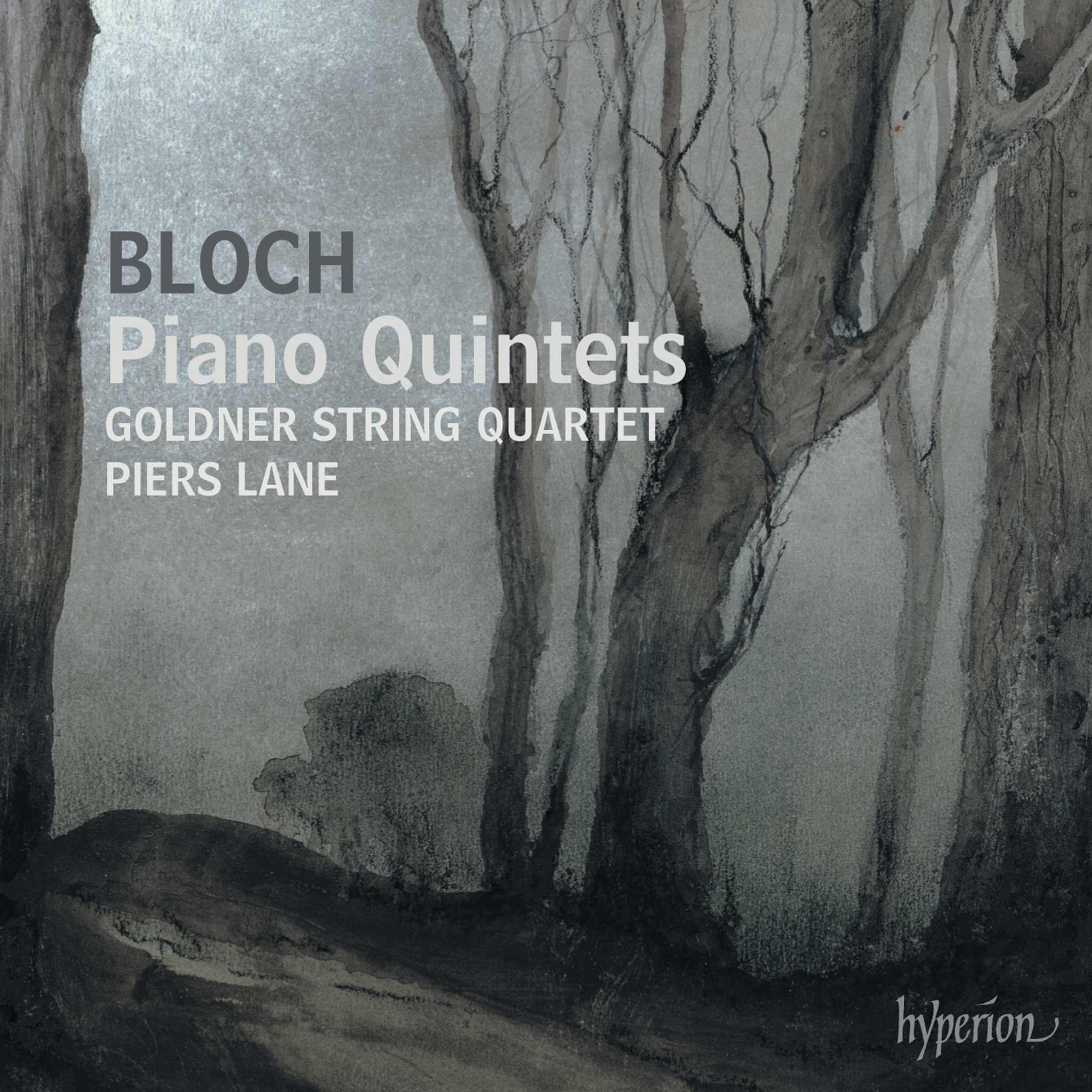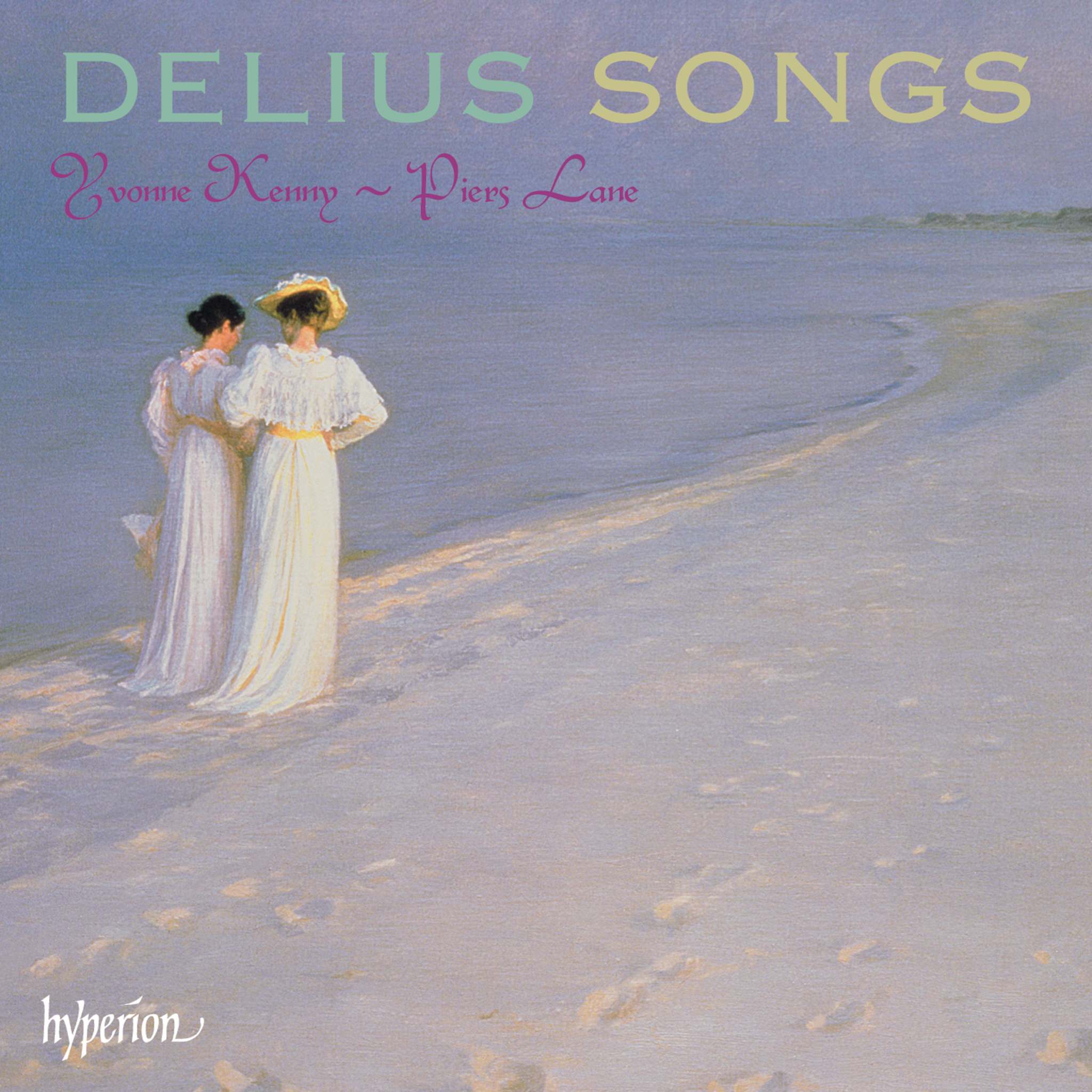Album insights
Die meisten Komponisten erleben selten eine Wiederentdeckung ihrer ursprünglichen Werke nach Umarbeitungen. Manchmal trifft jedoch die Nachwelt andere Entscheidungen, wie bei Vaughan Williams' 'Londoner Symphonie'. Diese Symphonie wurde zwischen 1912 und 1913 komponiert und seinem Freund George Butterworth gewidmet, der später im Ersten Weltkrieg fiel. Butterworth hatte Vaughan Williams ursprünglich ermutigt, eine reine Orchestersymphonie zu schreiben. Die Uraufführung fand am 27. März 1914 in der Queen's Hall unter der Leitung von Geoffrey Toye statt und war ein Erfolg. Kurz darauf sandte der Komponist die Partitur an den Dirigenten Fritz Busch nach Deutschland, woraufhin die Originalpartitur bei Ausbruch des Ersten Weltkriegs verschwand. Die zweite Aufführung erfolgte am 12. August 1914 in Harrogate durch das städtische Orchester unter Julian Clifford. Der Komponist rekonstruierte mit Hilfe von Geoffrey Toye, Butterworth und dem Kritiker E. J. Dent die Partitur aus den Orchesterstimmen. Diese Rekonstruktion wurde am 11. Februar 1915 vom Bournemouth Municipal Orchestra unter Dan Godfrey aufgeführt. Die Orchesterpartitur wurde später aus den Instrumentalteilen wiederhergestellt und 1920 veröffentlicht. Die 'Londoner Symphonie' handelt von den Eindrücken, Klängen und Stimmungen der Metropole. Der Eröffnungsteil deutet auf einen nebligen Tagesanbruch über der Stadt hin, gefolgt von einem Allegro risoluto-Abschnitt, der vom Straßenverkehr und dem fernen Läuten von Big Ben erfüllt ist. Der langsame Satz vermittelt laut Butterworth das Gefühl von 'grauen Himmeln und abgelegenen Nebenwegen - ein Aspekt Londons, der genauso vertraut ist wie jeder andere: Das Gefühl der Musik ist entfernt, mystisch'. Diese Empfindungen sind in der Partitur von 1920 ebenso spürbar.






